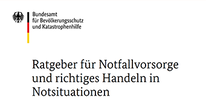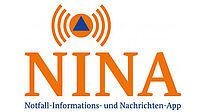Installations that require authorisation in accordance with the BImSchG (installations requiring authorisation - Section 4 BImSchG)
Numerous technical facilities are subject to authorisation under the Federal Immission Control Act, e.g. larger paint shops, scrap yards, livestock facilities above a certain size, open motor sports facilities, open shooting ranges and shooting ranges, wind turbines with a total height of more than 50 m, biogas plants and many more. The authorisation threshold can be found in the 4th Federal Immission Control Ordinance. The building permit is included in the BImSchG authorisation. Significant changes are subject to authorisation. A large number of changes affecting the plant are subject to notification in accordance with § 15 BImSchG. Notifications in accordance with § 15 BImSchG are made informally to the immission control authority, submitting the documents required for examination.
Before submitting an application, it is advisable to discuss the type and scope of the application documents with the responsible officer.
For some installations, a preliminary environmental impact assessment (general or site-specific) or an environmental impact assessment (EIA) must be carried out in accordance with Annex 1 of the Environmental Impact Assessment Act (list of "projects subject to EIA").







